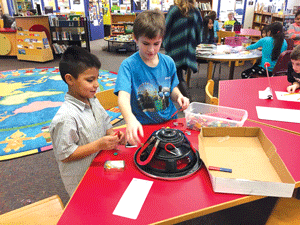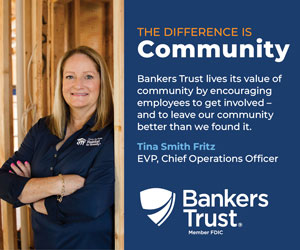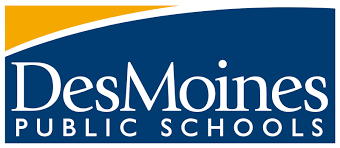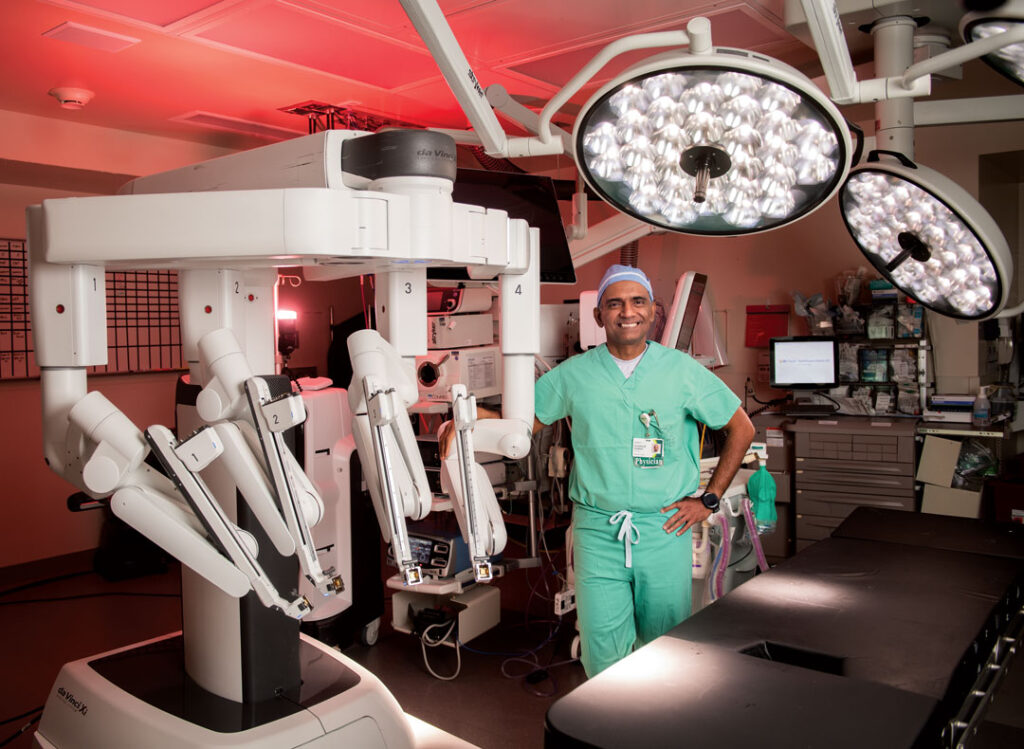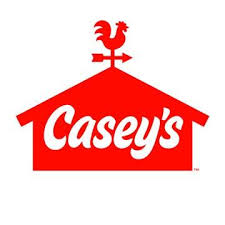Tackling real-world problems at school
New Tech Network puts focus on project-based learning

Remember sitting in classes in elementary school or high school and wondering, “Will I ever use this in the real world?”
Through an initiative known as the New Tech Network that’s being rolled out this school year at West Des Moines Community Schools, students are getting clearer answers to that question.
At two West Des Moines elementary schools and the two middle schools, students are getting an early introduction to the world of work and work habits that should make them more competitive employees. The program will be expanded one grade annually until it’s offered at all grade levels to about one-third of the district’s students.
West Des Moines is the first school district in the state to adopt the New Tech Network model, which was first developed in a Napa Valley, Calif., school district and is now used by 175 schools in 29 states.
Project-based learning
The project-based learning system involves students as early as kindergarten in team-driven projects that better enable them to develop skills that they’ll eventually need in the workplace, among them problem-solving, communication and collaboration. The approach, which incorporates the core curriculum skills of each district, seeks to teach several subjects together in projects in which students actively apply math, language, science or other academic skills through workshops, interviews and other real-life experiences.
One example of a New Tech project that’s now under way in the district: A fifth-grade class recently began a robotics unit that was launched with a full-day visit to the robotics labs at Iowa State University. The theme will carry through toward a semester-end project and critique. In another class, sixth graders are doing Skype interviews with real-life Iowa heroes such as Olympic medalist Shawn Johnson as part of learning about the state.
The district pays an annual fee to New Tech Network which provides access to trainers for the teachers and administrators as well as use of a cloud-based management system used in the classroom to manage the projects.
West Des Moines Superintendent Lisa Remy said she discovered New Tech after exploring ways to re-engage junior high and high school students, whose interest in school tends to fall away in those upper grades.
“One of the things I knew from working both at the middle school and high school level, and from what our data showed us, as our students got older in our system their joy in learning decreased and their engagement in school just wasn’t as strong,” she said. “As superintendent I was looking for ways to change that, so from seventh grade up our kids could say they still enjoy learning in West Des Moines schools.”
Remy, with a group of teachers and administrators, subsequently visited a high school in Sioux Falls, S.D., that had employed the New Tech model.
When we came back we said, ‘This is something we want to have as an option for our students in West Des Moines Community Schools’,” she said. “Because what we saw there were students who were very much engaged in the learning. And what we learned is it’s not only about learning the content, but also about collaborating.”
Competitive edge
Another advantage to partnering with New Tech Network is that it provides teachers with access to all projects that are being conducted by schools nationwide, which makes it easier for teachers to find good projects that have already worked in other schools, Remy said.
Clyde Evans, community and economic development director for the City of West Des Moines, traveled with Remy on that South Dakota visit and was similarly impressed. The city is now a partner with the district in recruiting businesses to develop New Tech projects with the district’s teachers.
“We think the program, from everything we’ve seen, has had great success across the country and can be successful here,” Evans said. “It’s really just a whole new model of learning. The students (we observed) had a lot of confidence and no fear of speaking in front of groups; they were pretty impressive.”
Evans said the initiative is important to keeping West Des Moines’ future workforce competitive.
“Certainly everybody is saying that in the future employers will go to where they can find the pool of trainable employees,” he said. “I think it’s important that we have the employee population that will be attractive to employers.”
The approach should also address one of the biggest complaints that business people have about young workers, who sometimes “freeze” when they encounter unexpected obstacles rather than using problem-solving and critical thinking skills, Lanich said.
“That is what the New Tech model is doing for our students; they’re having to do all of that, even in our lowest kindergarten level,” she said. “They’re going to leave our system with many of the skills that employers are (seeking) in their employees today.”
Starting early
Although the program aims to develop more engagement among high schoolers, Remy and her staff realized early on they would need to begin in the earlier grades to reach that goal, which led to rolling the program out first in the elementary grades.
In January 2015 the West Des Moines school board approved introducing the program at Clive Learning Academy and Crestview School of Inquiry, along with teams at each of the seventh grades at both middle schools. After sixth grade, students will have the option of continuing on a track to pursue the New Tech model through high school.
“We really want to provide options for children,” said Laurene Lanich, associate superintendent of teaching and learning. “Project-based learning may not be for all children, but for children who it might be their learning style, this is another option.”
For the students, the benefit of learning to work together as a team has been invaluable, Lanich said.
“Oftentimes as you move up the (school) system you don’t have as many opportunities to work as a team,” she said. “What we’re seeing is the children are holding each other accountable to be strong team members. If someone isn’t holding up their end of the job, the children, rather than the teacher, are intervening. So that’s been really exciting.”
Lanich said the new approach is definitely hard work for the teachers, but rewarding.
“Any one of them would say they’re working harder than they ever have, or that it reminds them of being a beginning teacher again,” she said. “What we need to think about is making sure our teachers have more time for preparation, planning and collaboration that our current system may not allow.”
Gaining business partners
Justin Miller, business partner liaison for the district, said establishing ongoing relationships with businesses has been somewhat slow-going initially. “But the businesses we’ve been able to bring in on a recurring basis have been pretty positive,” he said. Among the initial organizations that have made repeat project visits to the schools have been The Iowa Clinic and Kemin Industries Inc.
“Our dream would be that that some of the business community helps us put together those high school classes so that businesses are already integrated into the units,” Miller said.
The local and regional carpenters unions are among the organizations that are actively planning curriculum with the district.
“We’re doing a curriculum review right now; they’ve got some great projects in the works,” said Jon Mahan, business representative and outreach specialist with the North Central States Regional Council of Carpenters in St. Paul, Minn. “We’re trying to put some real-life applications into the (shop and woodworking) classes.
Mahan said that all of the building trades, not just the carpenters, will be involved in making visits to the schools to expose students to the various trades as potential careers.
“We have contractors who are quite excited about coming out to the schools,” he said. “Not all students are geared to college; the trades are a good option for a career.”
Overall, probably the best outcome of the program, Remy said, has been the students’ positive reactions to it.
“In particular what I heard students say was rather than having the teacher stand in front and give them the content, they liked that they got to be the owners of their own learning, and that they get to drive it. They’re just more in charge of their learning, and the kids I talked with were very excited about that.
“It’s upping that engagement, and it’s really mirroring what business people do in their work. It’s really giving them the framework they’ll need for whatever career they’ll choose.”
West Des Moines Community Schools’ New Tech Network program needs business and community partners who are willing to:
- Brainstorm projects that are both rooted in the Iowa Core curriculum and used in the workplace.
- Host learners on a field trip to your place of business.
- Serve on an expert panel for student presentations.
- Evaluate projects, help draft criteria for scoring projects, or come to school for student presentations.
New Tech Network results
New Tech Network schools consistently outperform national comparison groups on measures of higher order thinking skills, high school graduation rates and college enrollment rates. According to New Tech Network, its students:
- Grow 65 percent more in higher order thinking skills between freshman and senior years than comparison group.
- Graduate at a rate 9 percent greater than the national average.
- Enroll in college at a rate 9 percent greater than the national average.
- Persist in four-year colleges at a rate of 92 percent and in two-year colleges at a rate of 74 percent.

